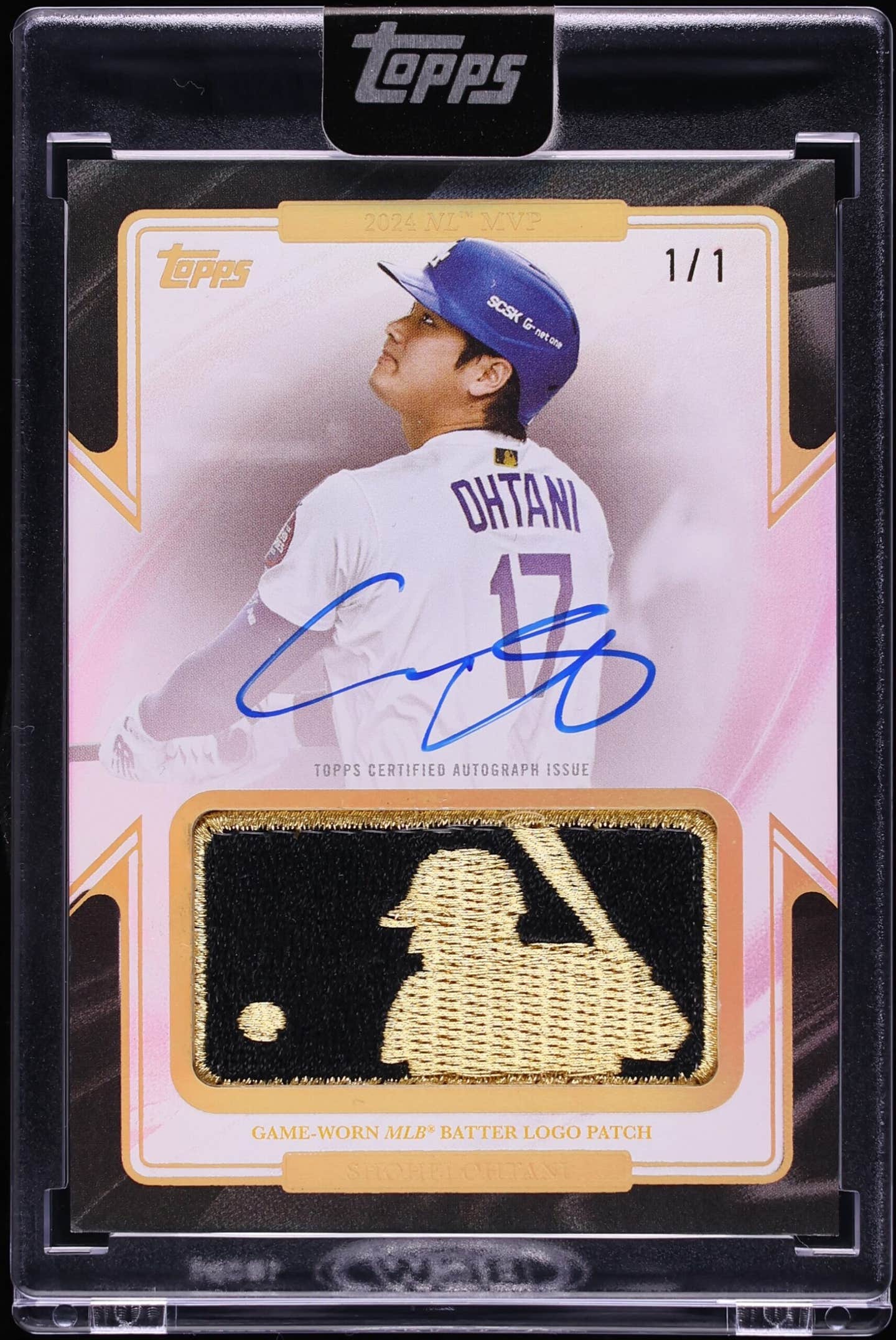Willie Mays
1962 Topps Bucks: Hey, Got Change for a Unitas?
By Doug Koztoski
The NFL, TV contracts and billions of dollars have huddled together for many years. But the bucks did not start to roll in for the league until the early 1960s. Shortly before the 1962 NFL season, for instance, the league inked a deal with CBS to televise all of the regular season games for a cool $4.65 million. (That’s about $36.4 million in 2015 money, according to dollartimes.com.)
For Topps gridiron collectors in 1962, they also saw some extra bucks when they opened packs — Football Bucks inserts, to be exact.
Earlier that year Topps produced Baseball Bucks, a test issue, which came in their own penny packs.
Jim Herlihy was there when the Topps Bucks first rolled off the presses and onto store shelves. But like many a regular dollar bill, Herlihy’s initial accumulation of Topps Bucks did not survive the test of time.
“Much of my collection was lost over the years in house cleanings,” he said.
Eventually, however, not only did he revisit and rebuild his Bucks collection, Herlihy put together the top PSA graded sets from both sports.
The collector likes the fact that, such as with many vintage test and insert issues, “they are limited in size and focus on stars. I also like the design, which was unique.”
“Elegant” is the main adjective he used to describe the overall look of the Bucks offerings, which, as he put it, come “with obvious similarity in name and design to U.S. currency.” Toss in some player biographical information, an image of the athlete’s home stadium, his team logo, a facsimile autograph (for the baseball types), and it’s “a complete package,” as Herlihy said, for the Bucks in general.
The Football Bucks bring a roster of 48 players, and since Herlihy is a Colts fan, he gets some of the best of the set: Raymond Berry, Gino Marchetti, Lenny Moore and Johnny Unitas.
“Of course, (the) Jimmy Brown is outstanding,” he added, of the former Cleveland Brown superstar running back.
Unitas and Brown are two of the most in-demand players from the set, and featured on $10 bills. Some other footballers in that denomination category: Paul Hornung, Sonny Jurgensen, Bobby Layne and Y.A. Tittle. Raymond Berry, meanwhile, is one of the “5s,” with Mike Ditka, Bart Starr and Fran Tarkenton heading up the “singles.”
“I do well with Packers, Cowboys and Jim Brown, with Unitas not too far behind,” said sports card dealer Steve Brandenburg. “But there are not a lot of (Bucks) set builders.”
A fistful of dollars
The 96-piece Baseball Bucks set is unnumbered, unlike the football version, and includes a tenfold of $10 representatives, with Whitey Ford, Willie Mays, Eddie Mathews, Stan Musial, Frank Robinson and Warren Spahn among them.
Of course, the home run chase kids from the summer of ’61, Roger Maris and Mickey Mantle, also garner a 10-spot. And it seems appropriate to highlight that money player Ernie Banks is also a “10.” Somewhat of an odd choice rounds out the highest denomination group from this set: Ken Boyer.
The “five-spot” baseball bunch features two of Herlihy’s favorites: Sandy Koufax and, since the collector is a lifelong Pittsburgh Pirates fan, Roberto Clemente. It does not escape The Offbeat Beat that a nickname for the Pirates is Bucs, as in Buccaneers.
A few other “five-guys” are made up of Hank Aaron, Yogi Berra, Brooks Robinson and, some might have guessed, Norm Cash. By the way, Cash lead the American League in hitting in 1961 with a career best (by far) .361 average for Detroit.
Perhaps your best bang for a buck name-wise in the “singles” section is Carl Yastrzemski, but don’t forget Don Drysdale, Al Kaline and, for this article, Lenny Green.
“You can always sell a Mantle and a few other stars,” said Brandenburg, “but there are not as many people working on the baseball (Bucks) set compared to the football.”
Old money
Herlihy noted that even though the 1962 Bucks sets are small and not hard to find in one sense, “condition is the key.” He said that this 50-plus-year-old issue, like many of its era, often suffers from centering problems, including dreaded miscuts.
“I went through many Bucks to find good additions to my sets,” he said. “And the fact that they’re paper (vs. cardboard) and longer than most cardholders, exposes them to more abuse.” And, of course, the Bucks are usually found with a crease, as they were usually folded for packaging.
“The football Bucks seem to be notoriously miscut,” said Brandenburg, “even more so than the baseball.” Brandenburg noted that if he were to buy 15 football Bucks he would bet that “five would be totally miscut top-to-bottom and several others would be off-center.” Plus, the dealer said the football Bucks outnumber the baseball “by a minimum of 10-to-1” in terms of availability. He noted that in 30-plus years of being a card dealer, no more than one or two Bucks have shown up at any one time from childhood collections that have come his way.
So taking Herlihy’s and Brandenburg’s input and looking at the PSA Population numbers as well, it is easy to frame ultra high-end versions of these items with a dollar-bill motif as scarce. Herlihy cited there being just one PSA 10 and a dozen PSA 9s in the football population. There is just one PSA 9 Tarkenton and PSA 8 is the top end for Ditka right now, so finding those rookies in pack fresh condition is nearly impossible.
The baseball set scenario is not much better with five PSA 10s and 33 PSA 9s.
“No Mantle Buck is graded higher than a PSA 8, and only two Clementes have earned an unqualified PSA 9,” Herlihy said. “The top grade Bucks are truly few and far between.”
Money is no object, well, maybe a little
Prices for raw commons in mid-grade shape for either set normally top out around $4-$6 each, while graded samples can easily be double that. As usual, the Bucks with the big grades bring big bucks. Stars, of course, add up even faster (see below for several 2015 auction results for raw and graded examples).
When it comes to the Bucks’ popularity, Herlihy thinks “it is not nearly enough.” The superstars, he said, such as Mantle, Clemente, Unitas and Brown “are always in demand, but collectors expect high grades.”
Herlihy said the future for the currency-themed sets has promise.
“I think the supply is relatively low, so demand for the stars, at least, should continue to grow.”
In other words, the Bucks don’t stop here.
For a few dollars more….
The following are recent auction results for the 1962 Topps test and insert money, rounded to the nearest buck.
Raw
Jim Brown (VG-EX): $14
Roger Maris (G-VG): $18
Bart Starr (EX): $18
Lot of five Baseball (VG-EX) with
Killebrew, Musial and Billy Williams: $37
Lot of 26 Football (G-VG) with Brown, Hornung, Starr and Unitas: $100
Graded
PSA 9 Kaline (Mint) (unfolded): $277
PSA 8 Jim Taylor (NM-Mint): $60
PSA 7 Tittle (NM): $15
PSA 6 Unitas (EX-Mint): $26
PSA 8 OC Yastrzemski (NM-MT): $72
PSA 8 OC Jim Brown (NM-MT): $43
PSA 5 Tarkenton (EX): $43
PSA 4 Mantle (VG-EX): $127
SGC 50/4 Maris (VG-EX): $29
Pucks Bucks
The 1962-63 Topps/OPC Hockey packs contained Bucks, one per pack, designed
along the lines of Canadian currency. The 24 different Hockey Bucks are very rare,
almost like a Zamboni machine getting a speeding ticket kind of rare.
Among the icemen stars in the issue: Andy Bathgate, Johnny Bucyk, Bobby Hull,
Stan Mikita and "Gump" Worsley.
A mid-November 2015 eBay check for this issue produced nothing, except for a listing
where a complete set (NM-MT) was available for $3,995 – or best offer. In a 2007 Legendary Auction, a set in EX+ sold for $1,300.
Doug Koztoski welcomes comments and questions related to this article at kozpro20@hotmail.com.








